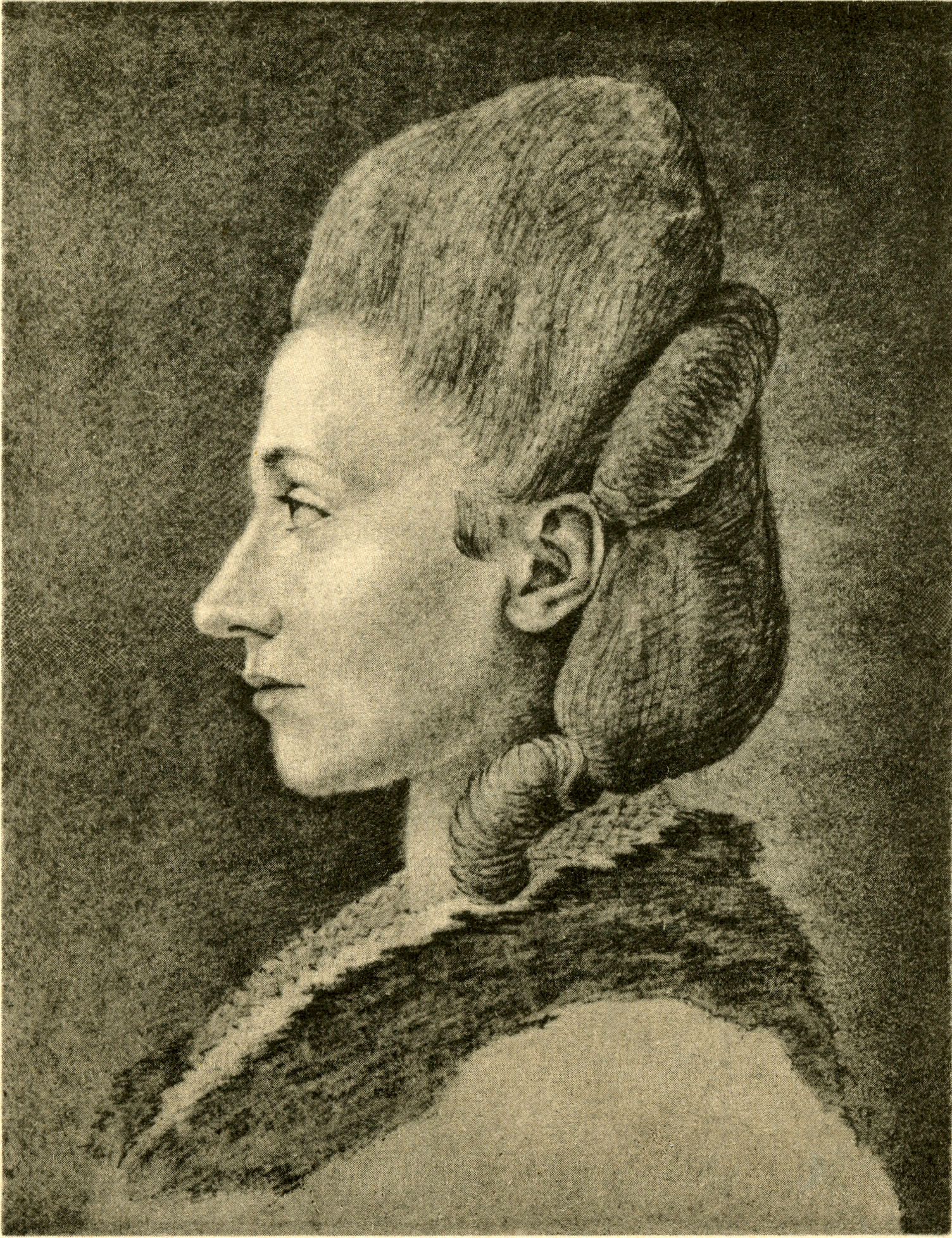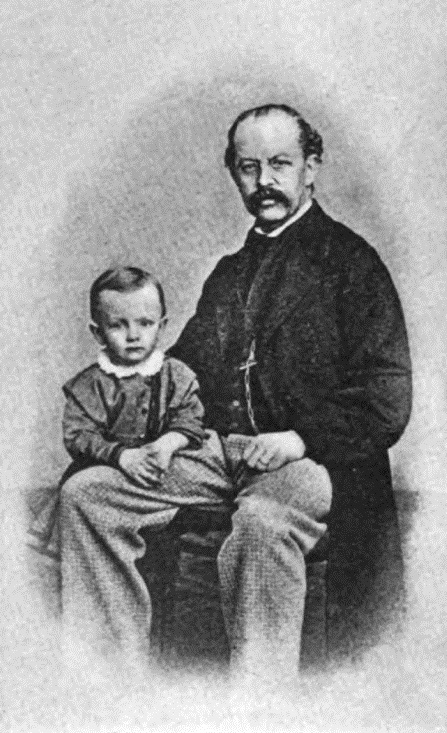|
Bad Liebenstein
Bad Liebenstein is a municipality and spa town in Wartburgkreis district of Thuringia, Germany. Geography Location Bad Liebenstein is situated 25 km north of Meiningen, and 18 km south of Eisenach. It is located in the ''Mittelgebirge'' Thuringian Forest. Neighbouring communities Since the amalgamation of 1 January 2013 the town has bordered on the following communities (clockwise from the southwest): Barchfeld-Immelborn, Moorgrund and Ruhla in Wartburgkreis, Brotterode-Trusetal and Breitungen/Werra in Schmalkalden-Meiningen district. History Schloss Altenstein, the summer residence of the Dukes of Saxe-Meiningen, is located within the municipality. Since 1600 guests have come to recover. Famous spa guests included Queen Adelaide of Saxe-Meiningen, Albert Schweitzer, Gerhart Hauptmann, Franz Liszt and Charlotte von Stein Charlotte Albertine Ernestine von Stein (also mentioned as ''Charlotta Ernestina Bernadina von Stein'' ), born von Schardt; 25 December 1742, ... [...More Info...] [...Related Items...] OR: [Wikipedia] [Google] [Baidu] |
Spa Town
A spa town is a resort town based on a mineral spa (a developed mineral spring). Patrons visit spas to "take the waters" for their purported health benefits. Thomas Guidott set up a medical practice in the English town of Bath in 1668. He became interested in the curative properties of the hot mineral waters there and in 1676 wrote ''A discourse of Bathe, and the hot waters there. Also, Some Enquiries into the Nature of the water''. This brought the purported health-giving properties of the waters to the attention of the aristocracy, who started to partake in them soon after. The term ''spa'' is used for towns or resorts offering hydrotherapy, which can include cold water or mineral water treatments and geothermal baths. Argentina *Termas de Rio Hondo *Presidencia Roque Sáenz Peña Australia There are mineral springs in the Central Highlands of Victoria. Most are in and around Daylesford and Hepburn Springs. Daylesford and Hepburn Springs call themselves 'Spa Countr ... [...More Info...] [...Related Items...] OR: [Wikipedia] [Google] [Baidu] |
Breitungen/Werra
Breitungen (official name: ''Breitungen/Werra'') is a municipality in the Schmalkalden-Meiningen district, Thuringia, Germany. It is situated on the river Werra, southeast of Bad Salzungen Bad Salzungen () is a town in Thuringia, Germany. It is the capital of the Wartburgkreis district. Geography Location Bad Salzungen is situated on the river Werra, east of Tiefenort and south of Eisenach. Divisions In July 2018 the former m .... References Schmalkalden-Meiningen {{SchmalkaldenMeiningen-geo-stub ... [...More Info...] [...Related Items...] OR: [Wikipedia] [Google] [Baidu] |
Charlotte Von Stein
Charlotte Albertine Ernestine von Stein (also mentioned as ''Charlotta Ernestina Bernadina von Stein'' ), born von Schardt; 25 December 1742, Eisenach – 6 January 1827, Weimar, was a lady-in-waiting at the court in Weimar and a close friend to both Friedrich Schiller and Johann Wolfgang von Goethe, whose work and life were strongly influenced by her. Childhood Charlotte's parents were Hofmarschall Johann Wilhelm Christian von Schardt (1711–1791) and Koncordia Elisabeth Irving of Drum (1724–1802). While her father was a wasteful eccentric, her mother who had had Scottish ancestors was said to be very quiet and dutiful. Her parents moved to Weimar when Charlotte was yet a little child and she was prepared for working as a lady-in-waiting. Her education included literature, art, singing and dancing. They said that Charlotte was unobtrusive, witty, graceful and dutiful like her mother was. There were four things she spent most of her time on: *Society (according to her “p ... [...More Info...] [...Related Items...] OR: [Wikipedia] [Google] [Baidu] |
Franz Liszt
Franz Liszt, in modern usage ''Liszt Ferenc'' . Liszt's Hungarian passport spelled his given name as "Ferencz". An orthographic reform of the Hungarian language in 1922 (which was 36 years after Liszt's death) changed the letter "cz" to simply "c" in all words except surnames; this has led to Liszt's given name being rendered in modern Hungarian usage as "Ferenc". From 1859 to 1867 he was officially Franz Ritter von Liszt; he was created a ''Ritter'' (knight) by Emperor Franz Joseph I of Austria, Francis Joseph I in 1859, but never used this title of nobility in public. The title was necessary to marry the Princess Carolyne zu Sayn-Wittgenstein without her losing her privileges, but after the marriage fell through, Liszt transferred the title to his uncle Eduard in 1867. Eduard's son was Franz von Liszt., group=n (22 October 1811 – 31 July 1886) was a Hungarian composer, pianist and teacher of the Romantic music, Romantic period. With a diverse List of compositions by Franz L ... [...More Info...] [...Related Items...] OR: [Wikipedia] [Google] [Baidu] |
Gerhart Hauptmann
Gerhart Johann Robert Hauptmann (; 15 November 1862 – 6 June 1946) was a German dramatist and novelist. He is counted among the most important promoters of literary naturalism, though he integrated other styles into his work as well. He received the Nobel Prize in Literature in 1912. Life Childhood and youth Gerhart Hauptmann was born in 1862 in Obersalzbrunn, now known as Szczawno-Zdrój, in Lower Silesia (then a part of the Kingdom of Prussia, now a part of Poland). His parents were Robert and Marie Hauptmann, who ran a hotel in the area. As a youth, Hauptmann had a reputation of being loose with the truth. His elder brother was Carl Hauptmann. Beginning in 1868, he attended the village school and then, in 1874, the Realschule in Breslau for which he had only barely passed the qualifying exam. Hauptmann had difficulties adjusting himself to his new surroundings in the city. He lived, along with his brother Carl, in a somewhat run-down student boarding house before fin ... [...More Info...] [...Related Items...] OR: [Wikipedia] [Google] [Baidu] |
Albert Schweitzer
Ludwig Philipp Albert Schweitzer (; 14 January 1875 – 4 September 1965) was an Alsatian-German/French polymath. He was a theologian, organist, musicologist, writer, humanitarian, philosopher, and physician. A Lutheran minister, Schweitzer challenged both the secular view of Jesus as depicted by the historical-critical method current at this time, as well as the traditional Christian view. His contributions to the interpretation of Pauline Christianity concern the role of Paul's mysticism of "being in Christ" as primary and the doctrine of justification by faith as secondary. He received the 1952 Nobel Peace Prize for his philosophy of "Reverence for Life", becoming the eighth Frenchman to be awarded that prize. His philosophy was expressed in many ways, but most famously in founding and sustaining the Hôpital Albert Schweitzer in Lambaréné, French Equatorial Africa (now Gabon). As a music scholar and organist, he studied the music of German composer Johann Sebasti ... [...More Info...] [...Related Items...] OR: [Wikipedia] [Google] [Baidu] |
Adelaide Of Saxe-Meiningen
, house = Saxe-Meiningen , father = Georg I, Duke of Saxe-Meiningen , mother = Princess Louise Eleonore of Hohenlohe-Langenburg , birth_date = , birth_place = Meiningen, Saxe-Meiningen, Holy Roman Empire , death_date = , death_place = Bentley Priory, Middlesex, England , burial_date = 13 December 1849 , burial_place = Royal Vault, St George's Chapel, Windsor Castle , signature = UK-Royal-Signature Adelaide.svg Adelaide of Saxe-Meiningen (Adelaide Amelia Louise Theresa Caroline; 13 August 1792 – 2 December 1849) was Queen of the United Kingdom and Hanover from 26 June 1830 to 20 June 1837 as the wife of King William IV. Adelaide was the daughter of Georg I, Duke of Saxe-Meiningen, and Luise Eleonore of Hohenlohe-Langenburg. Adelaide, the capital city of South Australia, is named after her. Early life Adelaide was born on 13 August 1792 at Meiningen, Thuringia, Germany, the eldest c ... [...More Info...] [...Related Items...] OR: [Wikipedia] [Google] [Baidu] |
Duchy Of Saxe-Meiningen
Saxe-Meiningen (; german: Sachsen-Meiningen ) was one of the Saxon duchies held by the Ernestine line of the Wettin dynasty, located in the southwest of the present-day German state of Thuringia. Established in 1681, by partition of the Ernestine duchy of Saxe-Gotha among the seven sons of deceased Duke Ernst der Fromme (Ernest the Pious), the Saxe-Meiningen line of the House of Wettin lasted until the end of the German monarchies in 1918. History House of Wettin The Wettiner had been the rulers of sizeable holdings in today's states of Saxony, Saxony-Anhalt and Thuringia since the Middle Ages. In the '' Leipziger Teilung'' of 1485, the Wettiner were split into two branches named after their founding princes Albrecht and Ernst (''albertinisch'' and ''ernestinisch''). Thuringia was part of the Ernestine holdings of ''Kursachsen'' (the Electoral holdings of Saxony). In 1572, the branches Saxe-Coburg-Eisenach and Saxe-Weimar were established there. The senior line again split ... [...More Info...] [...Related Items...] OR: [Wikipedia] [Google] [Baidu] |
Altenstein Palace
Schloss Altenstein is a '' schloss'', or palace, upon a rocky hill on the south-western slope of the Thuringian Forest, not far from Eisenach, Thuringia, Germany. It was the summer residence of the Dukes of Saxe-Meiningen, and is surrounded by 160 hectares (1.6 square kilometres) of English landscape garden, which contain, among other objects of interest, a cavern 300 metres long, through which flows a large and rapid stream. Geography Altenstein is a part of the municipality of Bad Liebenstein in the Wartburgkreis near Eisenach, Thuringia, Germany. It sits on a platform with a height of around 460 metres above sea level, part of the dolomite hills at the western edge of the Thuringian Forest. It is surrounded by 160 hectares of park, which includes several pinnacles of Zechstein rock. History Previous structures A fortified structure, possibly initially a pre-Christian holy site, may have been roughly in the same location as the current house by the 6th century. The ... [...More Info...] [...Related Items...] OR: [Wikipedia] [Google] [Baidu] |
Schmalkalden-Meiningen
Schmalkalden-Meiningen is a ''Landkreis'' in the southwest of Thuringia, Germany. Its neighboring districts are (from the northwest clockwise) the districts Wartburgkreis, Gotha, Ilm-Kreis, the district-free city Suhl, the district Hildburghausen, the Bavarian district Rhön-Grabfeld, and the district Fulda in Hesse. History The district is located mainly on the territory of the former duchy of Saxe-Meiningen (part Meiningen district) and the former dominion of Schmalkalden. The district as a unit originated in 1994 with the merging of the previous districts Meiningen, Schmalkalden and (partially) Suhl-Land, which were formed during the time in the GDR. The municipality Kaltennordheim passed from the Wartburgkreis to Schmalkalden-Meiningen on 1 January 2019. Geography The main river in Schmalkalden-Meiningen is the Werra. The landscape of the district consists of the Rhön Mountains in the west and the Thuringian Forest Mountains in the east, separated by the valley of the ... [...More Info...] [...Related Items...] OR: [Wikipedia] [Google] [Baidu] |
Brotterode-Trusetal
Brotterode-Trusetal is a town in the Schmalkalden-Meiningen district, in Thuringia, Germany. It was named after the town Brotterode and the Germany, German river Truse that flows through the municipality. It was formed on 1 December 2011 by the merger of the former municipalities Brotterode and Trusetal. References Schmalkalden-Meiningen {{SchmalkaldenMeiningen-geo-stub ... [...More Info...] [...Related Items...] OR: [Wikipedia] [Google] [Baidu] |
Wartburgkreis
Wartburgkreis is a ''Kreis'' (district) in the west of Thuringia, Germany. Neighboring districts are (from the north clockwise) the districts Unstrut-Hainich-Kreis, Gotha, Schmalkalden-Meiningen, and the districts Fulda, Hersfeld-Rotenburg and Werra-Meißner-Kreis in Hesse. History The district was created in 1994 by merging the previous districts Eisenach and Bad Salzungen, and a few municipalities from the district Bad Langensalza. The city Eisenach left the district in 1998 and became a district-free city and was incorporated into the district again on 1 July 2021. The municipality Kaltennordheim passed from the Wartburgkreis to Schmalkalden-Meiningen on 1 January 2019. The district is named after the Wartburg, a castle near Eisenach most famous as the place of residence of Ludwig, Landgrave of Thuringia and his wife, Saint Elizabeth of Hungary; and, as Martin Luther's refuge in 1521. Geography The district is located in the Thuringian Forest, including the Hainich national ... [...More Info...] [...Related Items...] OR: [Wikipedia] [Google] [Baidu] |





